Growing Chamomile Tea: Making Tea From Chamomile Plants
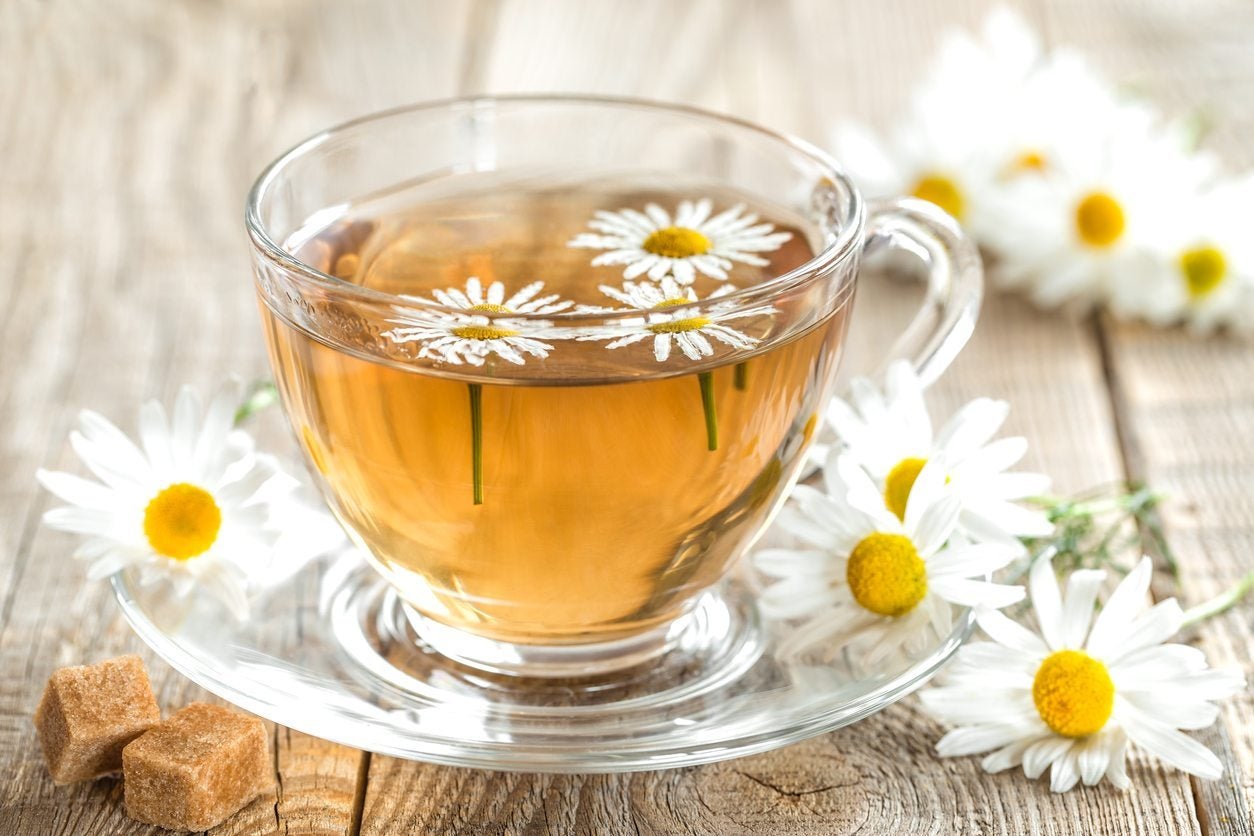
There’s nothing like a soothing cup of chamomile tea. Not only does it taste good, but chamomile tea has a number of health benefits as well. Plus, there is something so calming about the process of making tea from chamomile you’ve grown yourself. If you’ve never thought about growing your own chamomile tea plant for tea brewing, now’s the time. Chamomile is easy to grow and thrives in a variety of areas. Read on to find out how to grow chamomile for tea.
Chamomile Tea Benefits
There’s no wonder that a cup of chamomile tea soothes the soul. Not only does it have mild sedative properties, but has been used for centuries for its anti-inflammatory, anti-bacterial, and for anti-allergenic uses as well. Chamomile has also been used to treat stomach cramps, irritable bowels, indigestion, gas, and colic as well as menstrual cramps, hay fever, rheumatic pain, rashes, and lumbago. The herb has been used as a salve for hemorrhoids and wounds, and the steam has been inhaled to treat cold symptoms and asthma. Many people drink chamomile tea to reduce their anxiety and to aid in sleeping. Really, an amazing list of health benefits has been attributed to just one cup of chamomile tea.
Chamomile Tea Plant Info
Chamomile comes in two types: German and Roman chamomile. German chamomile is an annual, bushy shrub that grows up to 3 feet (91 cm.) in height. Roman chamomile is a low growing perennial. Both produce similar aromatic blooms, but German is the more commonly grown for use in teas. Both are hardy in USDA zones 5 to 8. When it comes to growing chamomile for tea, either will work. German chamomile is native to Europe, North Africa, and areas of Asia. It has been used since the Middle Ages and throughout ancient Greece, Rome, and Egypt for a plethora of ailments. Chamomile has even been used to naturally lighten hair and the flowers can be used to make a yellow-brown fabric dye.
How to Grow Chamomile Tea
Chamomile should be planted in a sunny location with at least eight hours per day of direct sun, but not scorching sun. Chamomile will thrive in average soil and can be grown directly in the ground or in containers. Chamomile can be grown from nursery transplants, but it also germinates quickly and easily from seed. To sow seeds, prepare the planting area by raking it level and removing any weeds. The seeds are extremely tiny, so guard them from any gusts of wind or you will have chamomile everywhere. Scatter the seeds onto the prepared soil bed. It’s okay if the seeds aren’t evenly distributed since you will have to thin the bed soon anyway. Gently press the seeds into the soil with your fingertips. Don’t cover them; chamomile seeds need direct exposure to sunlight to germinate. Mist the planting area until damp. Keep the area damp during germination, which should take about seven to ten days. Once the seedlings are up, you will notice that they are a bit crowded. It’s time to thin them. Choose seedlings that are weak looking to remove and space the remaining seedling at about 4 square inches (26 sq. cm.) apart from each other. Use scissors to snip those you are removing rather than pulling them from the soil. That way, you won’t be disturbing the roots of the remaining seedlings. Thereafter, the plants require almost no attention; just water them when they look droopy. If you scratch a little compost into the plot in the spring, they shouldn’t even need any fertilizer. If you plant chamomile in containers, however, it might benefit from a little organic fertilizer every third watering. In no time at all you will be making tea from your own homegrown chamomile which you can use either fresh or dried. When making tea from dried flowers, use about 1 teaspoon (5 ml.), but when brewing tea from fresh flowers, use twice that amount.
Gardening tips, videos, info and more delivered right to your inbox!
Sign up for the Gardening Know How newsletter today and receive a free copy of our e-book "How to Grow Delicious Tomatoes".

Amy Grant has been gardening for 30 years and writing for 15. A professional chef and caterer, Amy's area of expertise is culinary gardening.
-
 Try The Trend – Turn Any Bed Into A Keyhole Garden With This Clever In-Ground Composter
Try The Trend – Turn Any Bed Into A Keyhole Garden With This Clever In-Ground ComposterKeyhole gardening is an efficient and sustainable practice that saves space. Get started on this DIY project quickly and easily with an in-ground composter.
By Bonnie L. Grant
-
 4 Superfast Composting Methods: Turn Waste Into Garden Gold In 30 Days Or Less
4 Superfast Composting Methods: Turn Waste Into Garden Gold In 30 Days Or LessTry the fastest composting methods to turbocharge your pile and transform kitchen scraps and garden waste into finished compost in just a few weeks.
By Mary Ellen Ellis
-
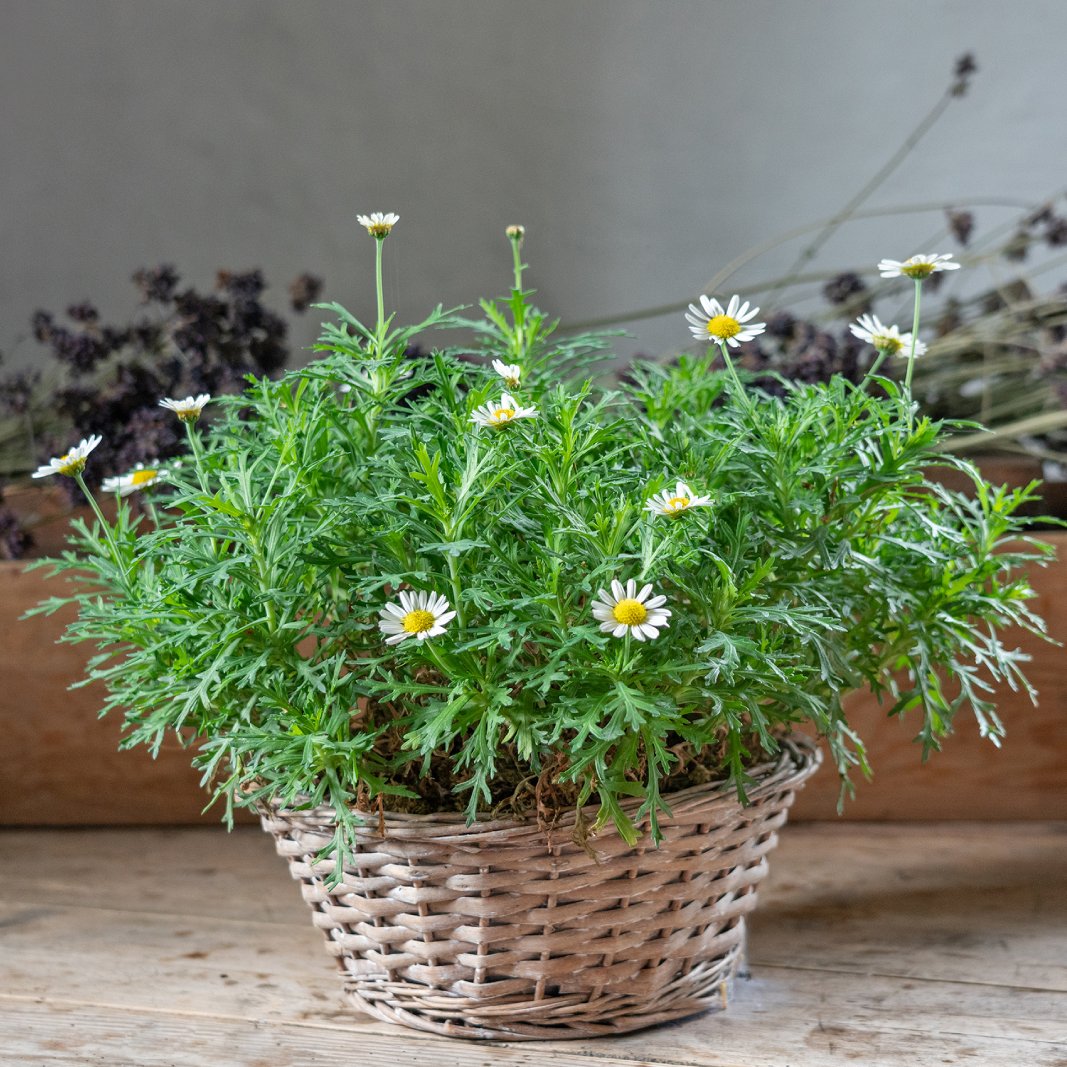 Chamomile In Containers: Growing Chamomile In Pots
Chamomile In Containers: Growing Chamomile In PotsBy Mary Ellen Ellis
-
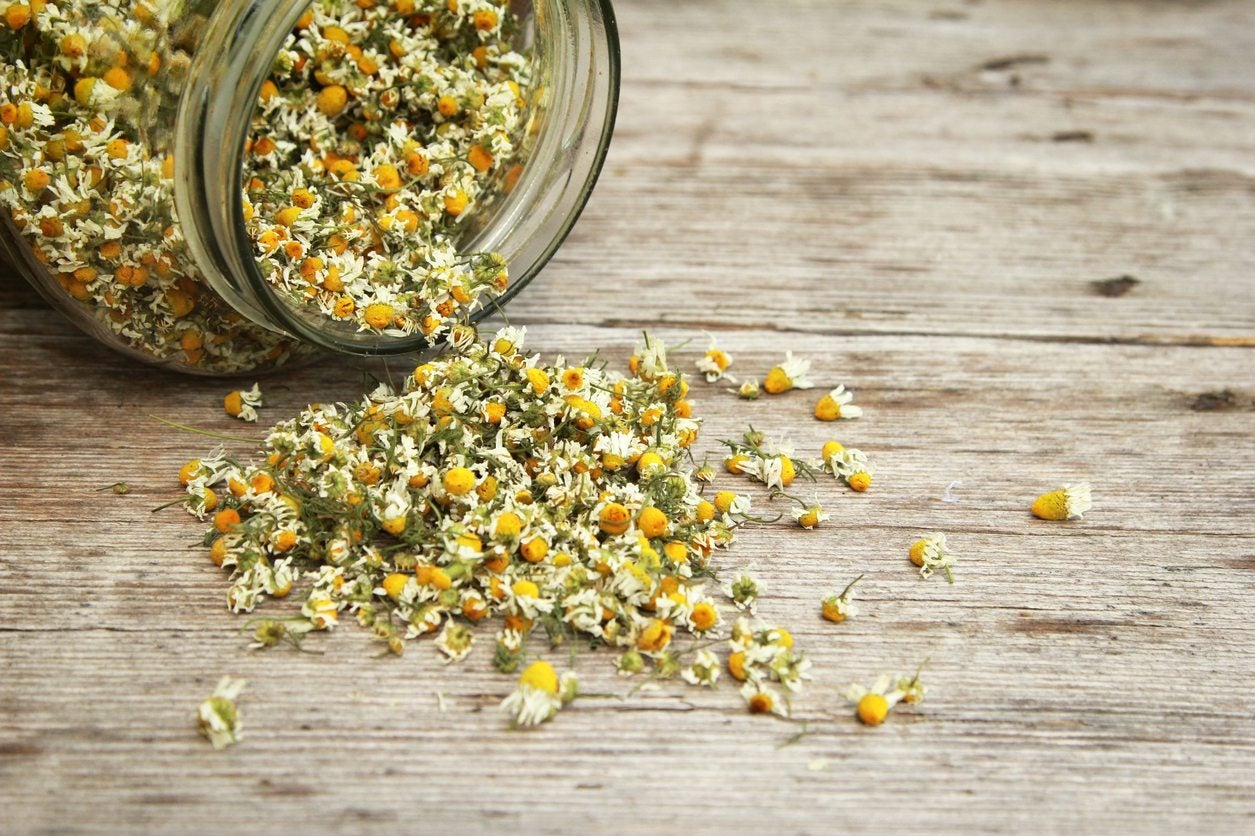 How To Dry Chamomile Plants – Tips For Drying Chamomile Flowers
How To Dry Chamomile Plants – Tips For Drying Chamomile FlowersChamomile, unlike other herbs, is harvested just for its lovely, daisy-like flowers, which are then preserved. Chamomile preservation basically means drying the chamomile flowers. There are four chamomile drying techniques. Click here to find out how to dry chamomile.
By Amy Grant
-
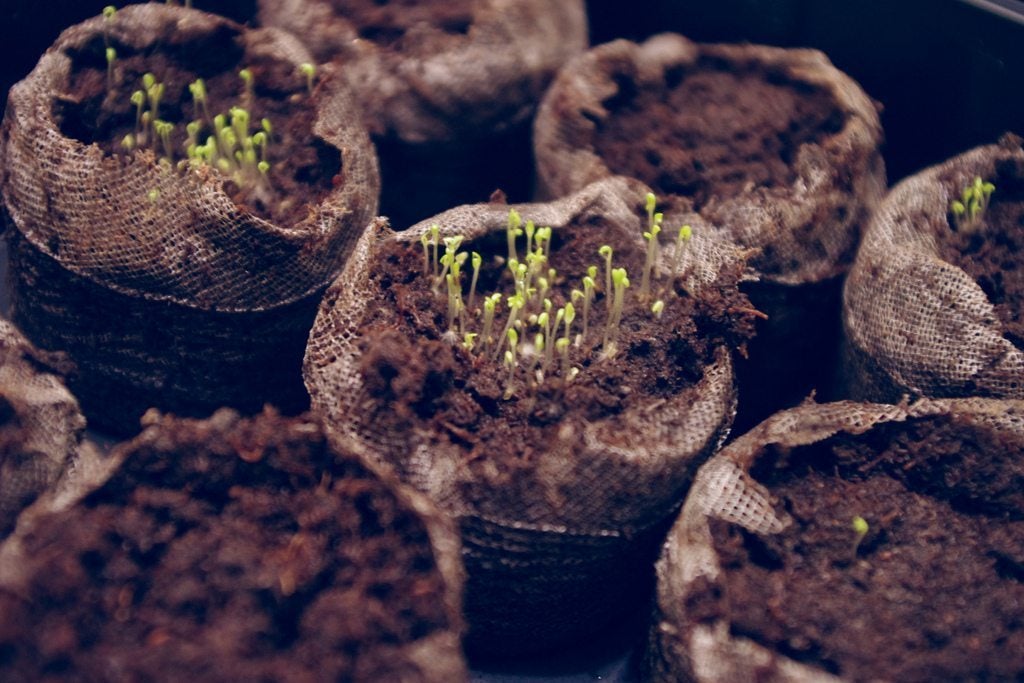 Chamomile Seed Info: How And When To Plant Chamomile Seeds
Chamomile Seed Info: How And When To Plant Chamomile SeedsAll chamomile types produce an abundance of seed that will quickly self-sow wherever it lands in warm, loose soil. Click on the following article to learn more about growing chamomile from seed and when to plant chamomile seeds in the garden.
By Darcy Larum
-
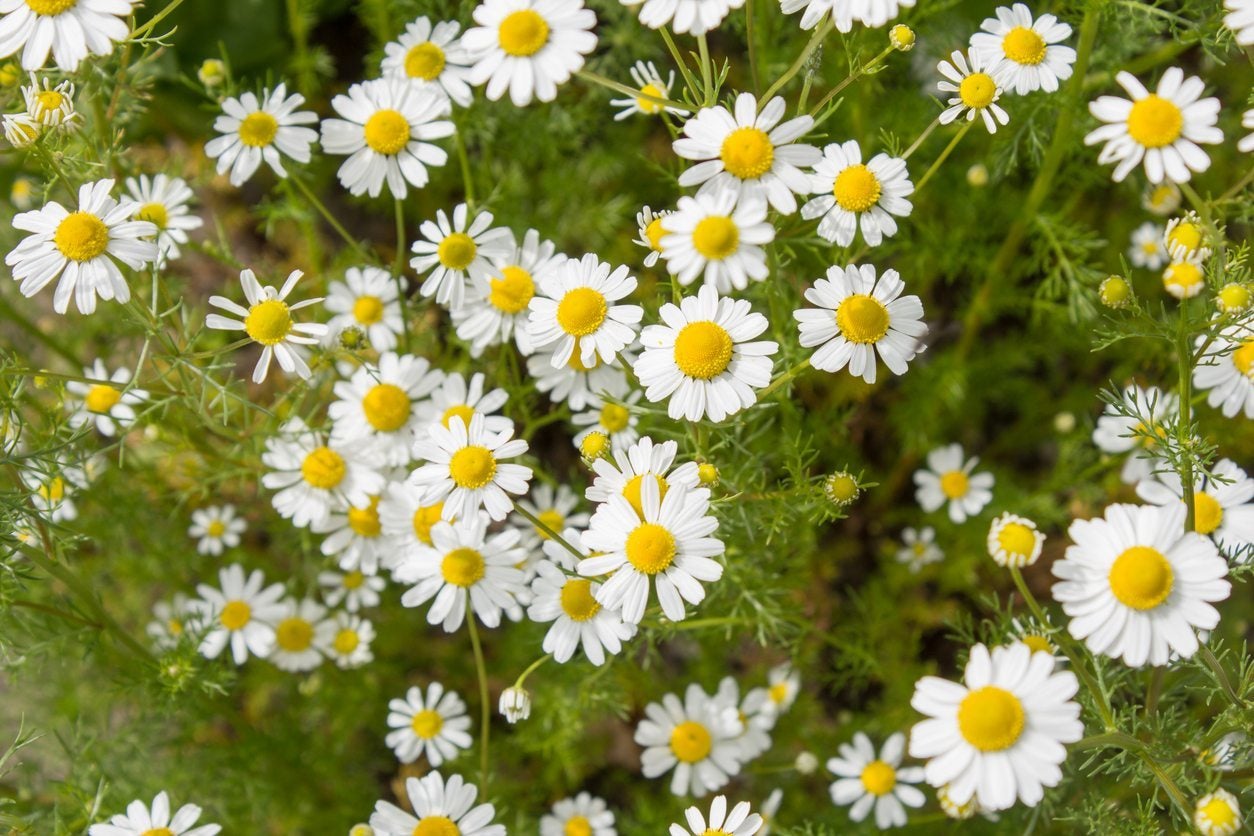 Chamomile Not Flowering: Why Won’t My Chamomile Bloom
Chamomile Not Flowering: Why Won’t My Chamomile BloomChamomile is usually the go-to remedy for so many things, but what can you go to when it is a chamomile plant that needs a remedy - for example, how to make a chamomile plant flower if it's not. Learn more about non-blooming in chamomile here.
By Darcy Larum
-
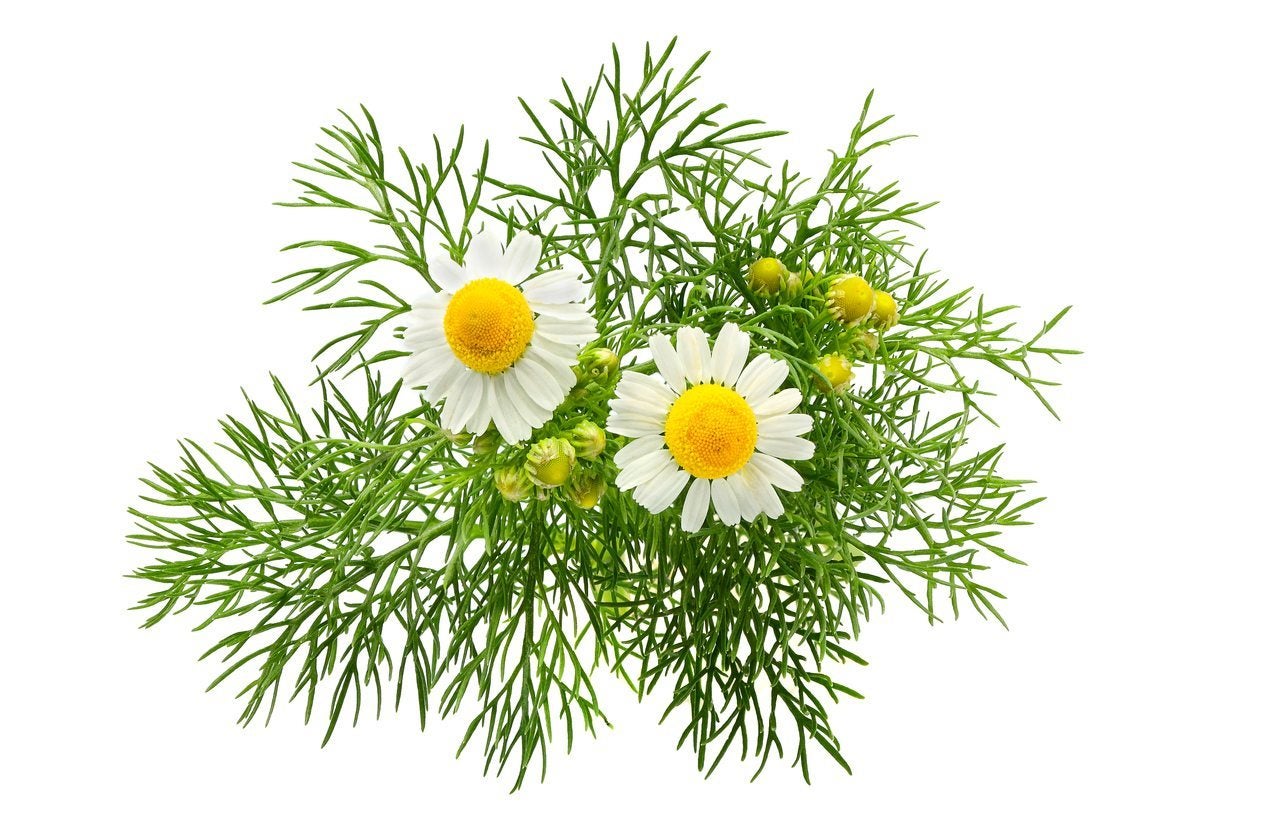 Roman Vs. German Chamomile – Learn About Different Types Of Chamomile
Roman Vs. German Chamomile – Learn About Different Types Of ChamomileIf you're so fond of the tea that you decide to grow chamomile in your own garden, you may be surprised to find that there are different types of seeds and plants available. Click here to learn about distinguishing between different chamomile varieties.
By Darcy Larum
-
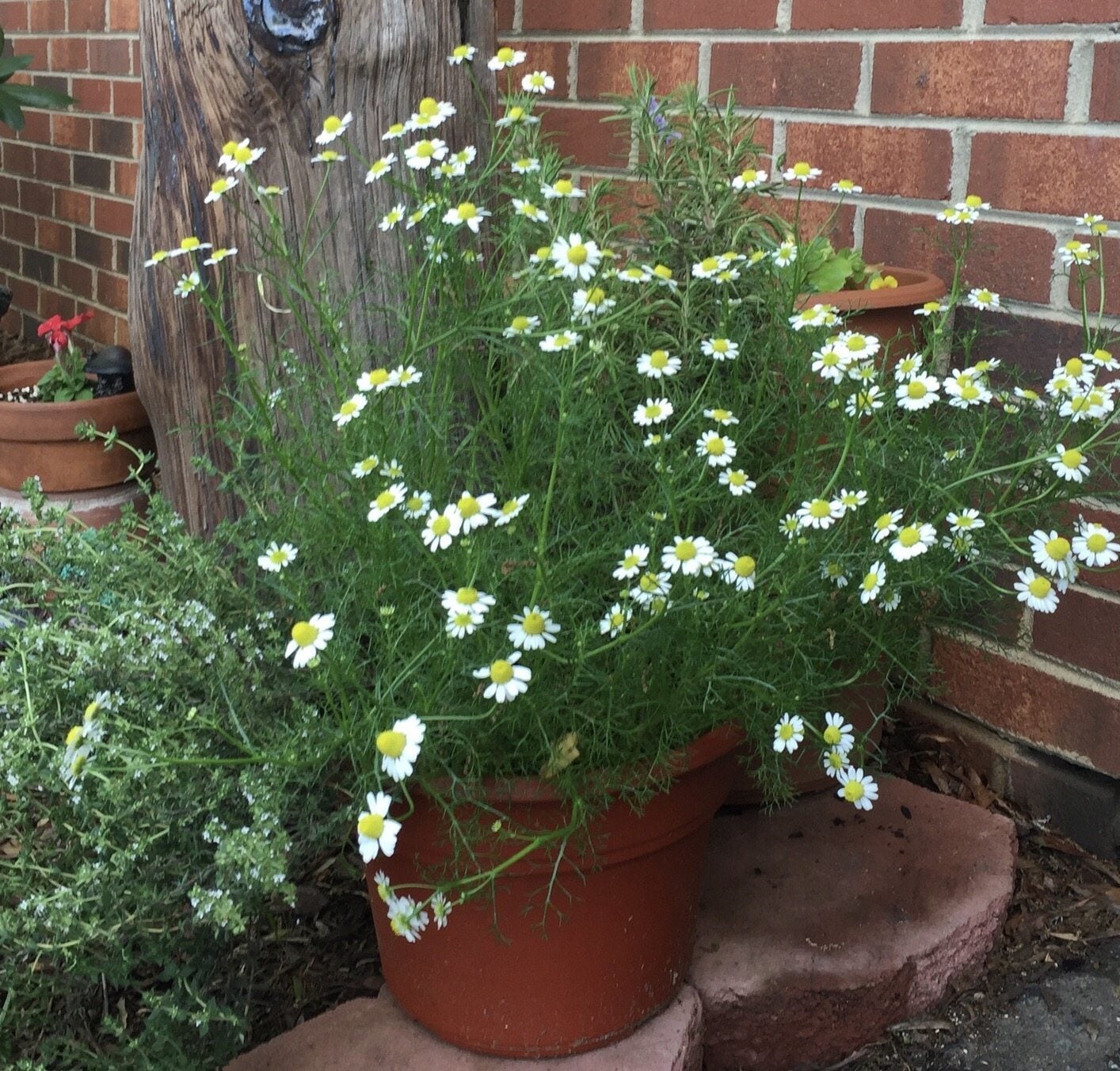 Potted Chamomile Plants – How To Grow Chamomile In A Container
Potted Chamomile Plants – How To Grow Chamomile In A ContainerGrowing chamomile in containers is perfect if you're worried the generous self-seeder may be too rambunctious in the garden. Click fore more.
By Mary H. Dyer
-
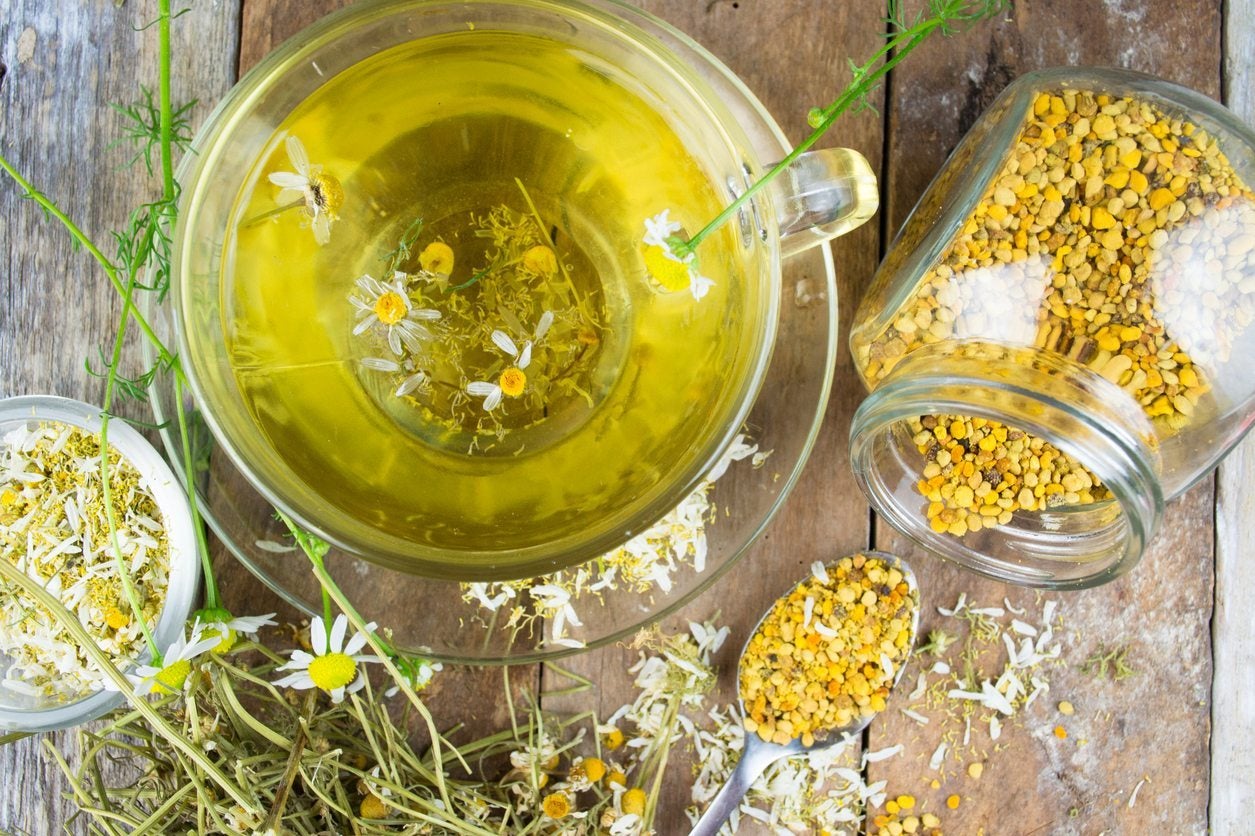 Is Chamomile Edible – Learn About Edible Chamomile Uses
Is Chamomile Edible – Learn About Edible Chamomile UsesTraditionally, many generations have appreciated chamomile for its curative qualities, and to this day, people rely on chamomile tea to calm frazzled nerves and relax at bedtime. But is chamomile edible, and if so, what parts of chamomile are edible? Find out here.
By Mary H. Dyer
-
 Harvesting Chamomile Plants: When To Pick Chamomile Flowers
Harvesting Chamomile Plants: When To Pick Chamomile FlowersChamomile is useful for so many ailments and is easy to grow too, but how do you know when to pick chamomile? Not only do you need to know when to harvest chamomile, but how to harvest chamomile. Click this article to find out about picking chamomile plants.
By Amy Grant